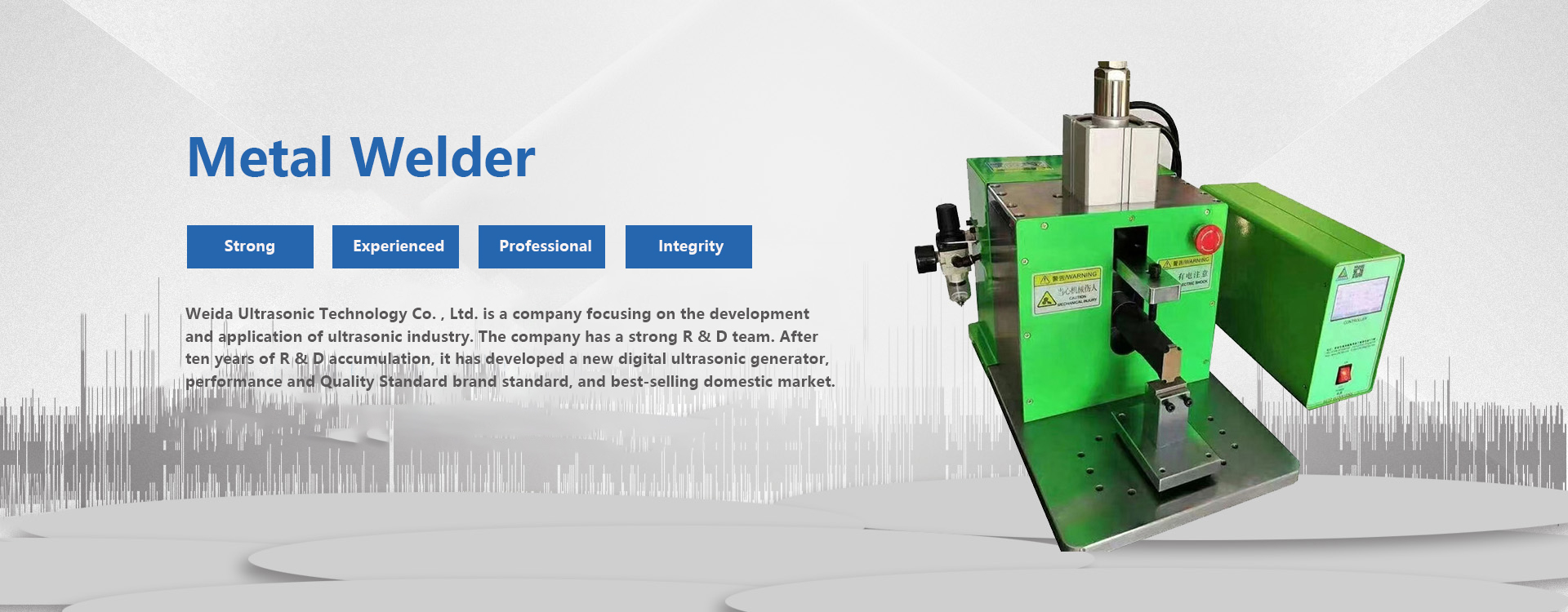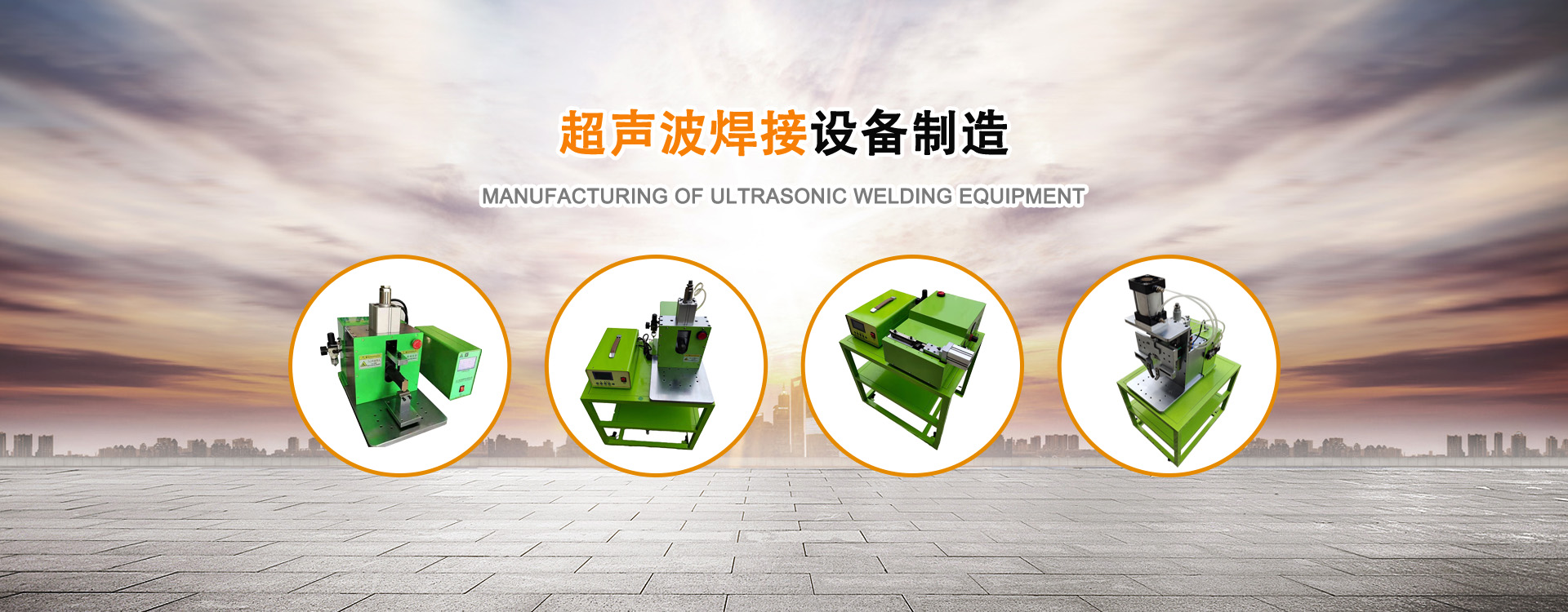There are usually two kinds of detection methods, visual detection and destructive detection
1, visual inspection, that is, after the welding is completed, the application of microscopic (mirror) photos to suspend the metallographic inspection. To cut out the welding core part and grind corrosion, observe whether the solder joint is strong.
2, destructive detection, shallow is to suspend the tension test experiment, a simple and rough test method. Pull the welding material to confirm that the solder joint is usually kept intact on the battery after pulling it off (showing a circular hole on one side and welding material residue on the other side).
1. Influence of welding time
In order to ensure the size of the weld core and the strength of the solder joint, welding time and welding current can complement each other within a certain range. In order to obtain a certain strength of the solder joint, you can use high current and short time (strong conditions, also known as strong specifications), you can also use small current and long time (weak conditions, also known as weak specifications). The choice of strong or weak conditions depends on the performance of the metal, the thickness and the power of the welding machine used. However, there is still an upper and lower limit for the current and time required for metals with different properties and thicknesses, beyond which qualified cores cannot be formed.
2. Influence of electrode pressure
The solder joint strength decreases with the increase of electrode pressure. At the same time of increasing the electrode pressure, increasing the welding current or extending the welding time to compensate for the effect of reducing the resistance can maintain the strength of the solder joint. Using this welding condition is beneficial to improve the stability of solder joint strength. The electrode pressure is too small, will cause splashing, will also reduce the strength of the solder joint.
3. Influence of electrode shape and material properties
Because the contact area of the electrode determines the current density, and the resistivity and thermal conductivity of the electrode material affect the generation and loss of heat, the shape and material of the electrode have a significant effect on the composition of the molten core. With the deformation and wear of the electrode end, the contact area will increase and the strength of the solder joint will decrease.
4. The influence of workpiece surface condition
Oxides, dirt, oil and other impurities on the surface of the workpiece increase the contact resistance. The oxide layer is so thick that the current cannot pass through it. Local conduction, due to the high current density, will produce splashing and surface burning. The non-uniformity of the oxide layer will also affect the non-divergence of the heating of each solder joint, causing the welding quality to shake. Therefore, a thorough clearing of the workpiece surface is a necessary condition to ensure a high-quality joint.


 中文(简体)
中文(简体) 


 Wechat
Wechat